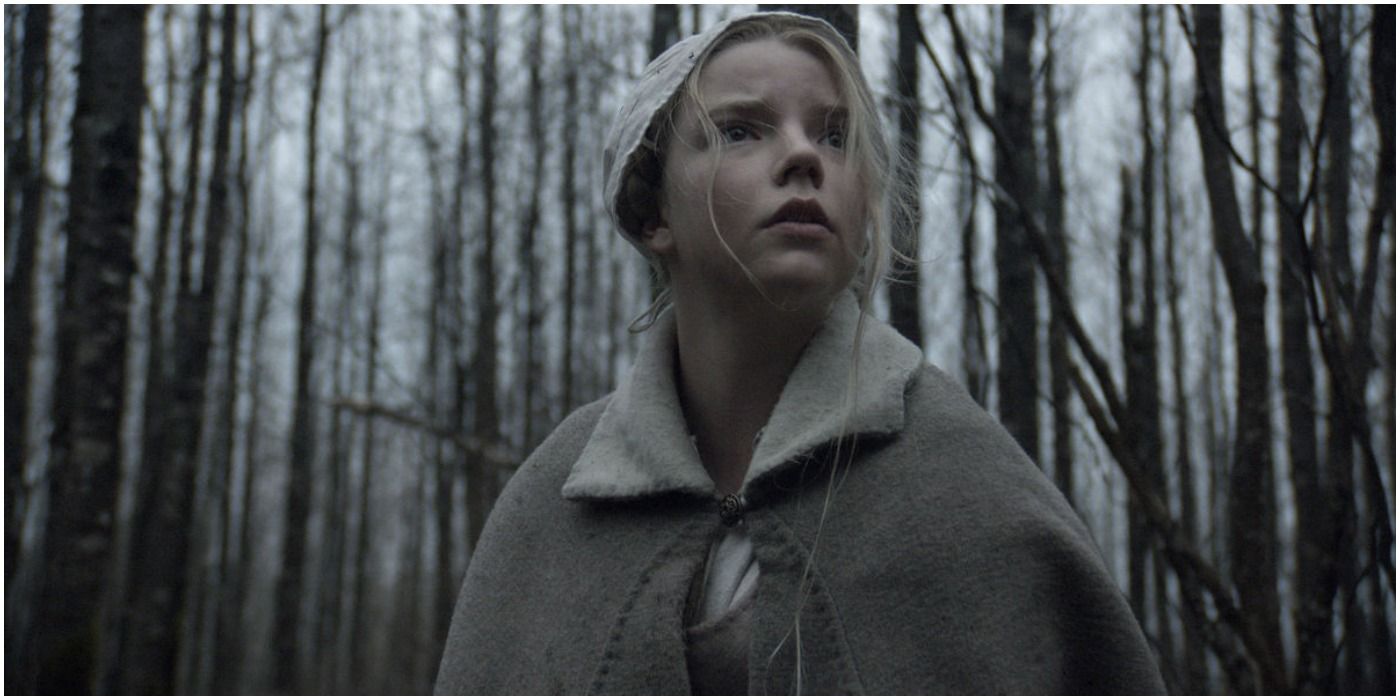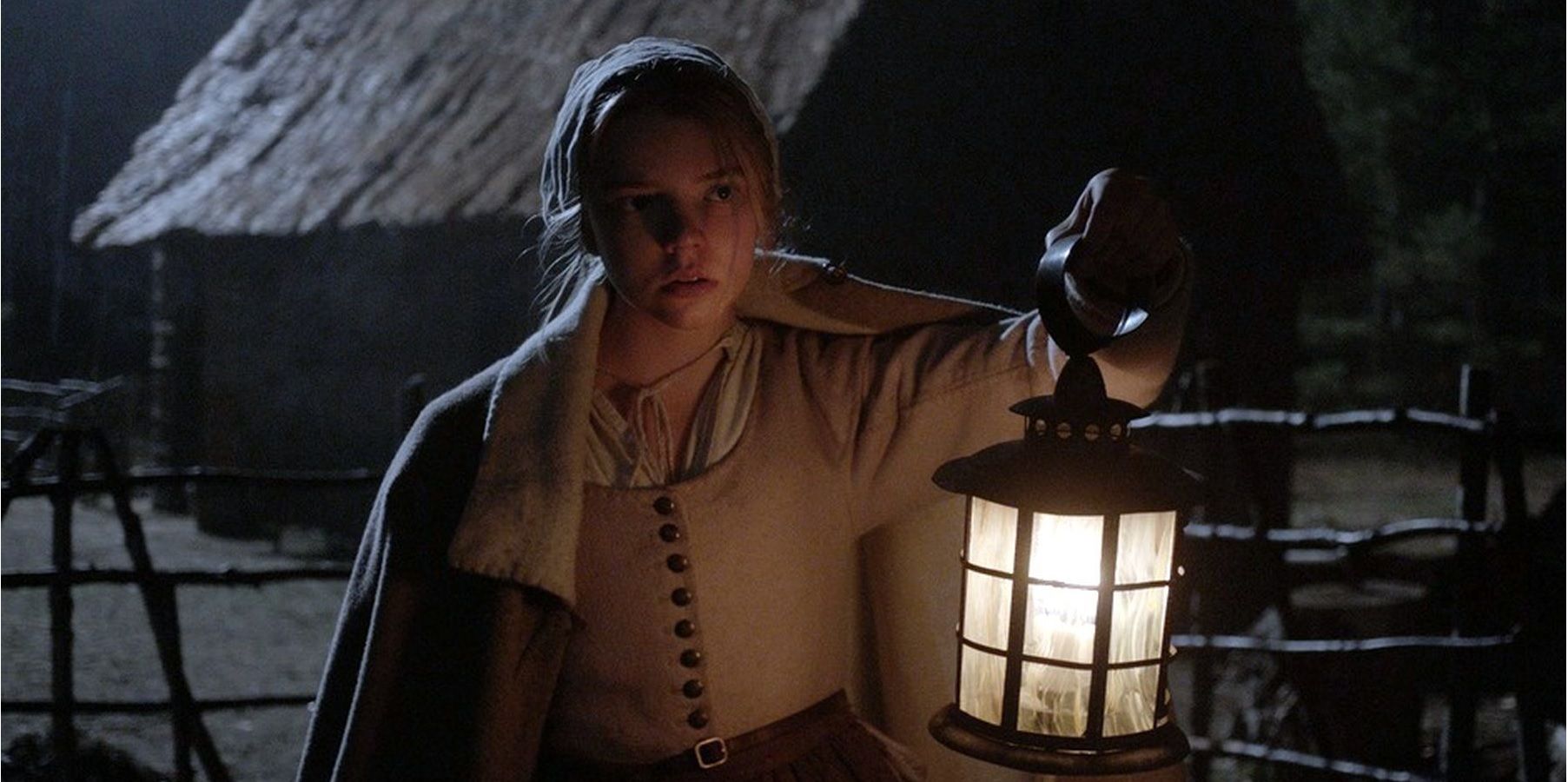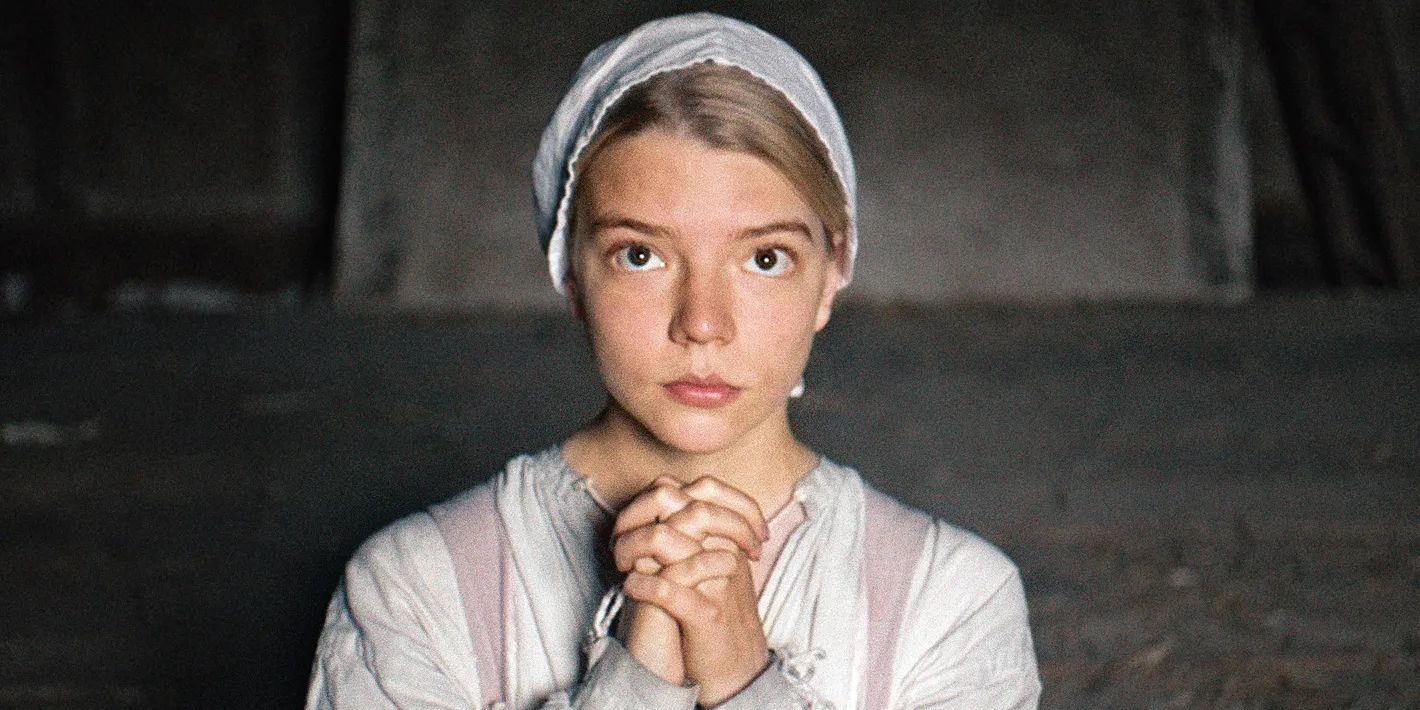2015's The Witch is a horror masterpiece that terrified viewers, but a chilling fan theory suggests the eponymous witch was never real. The Witch exemplified director Robert Eggers' historical horror tone, cementing it as one of the must-watch folk horror movies in the genre's recent revival. This disturbing theory reorients the movie within the wider folk horror canon and even reflects the witch hysteria of the movie's setting.
Robert Eggers' The Witch not only instigated a modern folk horror revival but also popularized the director and the movie's star, Anya Taylor-Joy. The tale is of a family banished from their New England colony in the 1630s, forced to reside and farm on the edge of an ominous forest. The eldest daughter, Thomasin, is accused of witchcraft after her infant brother disappears. As more misfortune besets the family, greater suspicion is fostered, all while a horrifying witch resides in the nearby woodland. Like Eggers' other movies, there is great attention paid to historical accuracy, rooting the horror in contemporary fears, beliefs and songs.
One Reddit theory from user mybustersword has suggested the titular monster from Eggers' The Witch is an imagined evil that haunted Thomasin's dreams. The Reddit user observed that each appearance of the witch, or any other supernatural element, is preceded by Thomasin sleeping or followed by her waking, as if from a dream. According to the theory, Taylor Joy's Thomasin is plagued by nightmares because it is, in fact, she who has caused the family's brutal downfall. The theory proposes that Thomasin murdered her siblings to protect them from their potentially abusive father and that any witch is merely a figment of her imagination, conjured to ease her guilt. This is also narratively justified by Thomasin's own admission, "I be the witch of the wood," portrayed in the movie as merely teasing the siblings but later deepening the family's suspicions.
This plays into the theme of other folk horror films, in which delusional humans with misguided beliefs are the real evil-doers, as seen in Witchfinder General, The Wicker Man and Midsommar. It also plays upon the suspicions and beliefs held by colonizers from the 1630s, where belief in personified evil, superstition and the supernatural led to real-life witch hunts, like those of Salem, Massachusetts. Since The Witch largely centers around Thomasin, the audience sympathizes with her plight and persecution, believing the family's suspicions to be erroneous. This fan theory would imply the audience's allegiance has been with the real evil-doer all along, greatly undermining the relationship an audience has with a movie's protagonist and making the unfolding plot all the more terrifying.
The highly successful The Witch propelled the director into the horror sphere, soon followed by Robert Eggers' sea shanty infused The Lighthouse. These themes of real and imagined evils coexisting would permeate Eggers' future work, leaving audiences to wonder if the witch truly existed or was merely a coping mechanism created by Thomasin in the wake of her misdeeds. While Eggers often leaves his movies open to interpretation, this proposed theory surely makes The Witch even more disturbing.



